 Most video game franchises have one character in common: the damsel in distress. From Pauline to Peach to Zelda (in her early days), gamers wonder why these women don’t invest in some pepper spray or better security in their lavish castles. Game after game, players reassume the role of hero and rescue said damsels by defeating the main antagonist.
Most video game franchises have one character in common: the damsel in distress. From Pauline to Peach to Zelda (in her early days), gamers wonder why these women don’t invest in some pepper spray or better security in their lavish castles. Game after game, players reassume the role of hero and rescue said damsels by defeating the main antagonist.
This concept is hardly exclusive to video games. Other series also have damsels in distress, but they may be harder to identify, normally because what puts them in distress is not always a kidnapping by the antagonist or some sort of physical danger. Damsels in distress come in different forms and in different kinds of distress. But all damsels in distress generally fall into one category.
Ingénue (n.): a stock character in literature, film, and a role type in theater denoting a naïve and wholesome young woman. She is generally placed in emotional, mental, or physical danger and is, most of the time, involved in a romance subplot.
 In literature and theater, the most famous ingénue is Ophelia, from Shakespeare’s Hamlet. Ophelia is a young Danish noblewoman who lives under the watchful eye of her brother Laertes and overbearing father, Polonius. She is put in danger when she is led by Polonius to believe that Hamlet is in love with her, only to be told by Hamlet to, “get thee to a nunnery” and that “we will have no more marriages.” Ophelia is heartbroken but forgives him in her soliloquy, “O, what a noble mind is here o’erthrown.” She falls deeper into distress when Hamlet kills her father, driving her mad and to death by the loss of her mentor and innocence.
In literature and theater, the most famous ingénue is Ophelia, from Shakespeare’s Hamlet. Ophelia is a young Danish noblewoman who lives under the watchful eye of her brother Laertes and overbearing father, Polonius. She is put in danger when she is led by Polonius to believe that Hamlet is in love with her, only to be told by Hamlet to, “get thee to a nunnery” and that “we will have no more marriages.” Ophelia is heartbroken but forgives him in her soliloquy, “O, what a noble mind is here o’erthrown.” She falls deeper into distress when Hamlet kills her father, driving her mad and to death by the loss of her mentor and innocence.
Ophelia is the classic damsel in distress who does not see her happy ending or get rescued by a mentally recovered Hamlet (he does not show a glimmer of affection to her until after her death). This should certainly make Pauline, Peach, and Zelda realize how lucky they are, that they have a hero who never fails to save them…yet again.
 In 1993, SEGA (TriplePoint client) introduced an ingénue opposite Sonic the Hedgehog: Amy Rose. Amy begins her role in the Sonic franchise as the classic video game damsel in distress who must be rescued from antagonist, Metal Sonic. But with the advent of Sonic Adventure in 1999 and her character re-design, Sonic fans were met with a drastically different damsel.
In 1993, SEGA (TriplePoint client) introduced an ingénue opposite Sonic the Hedgehog: Amy Rose. Amy begins her role in the Sonic franchise as the classic video game damsel in distress who must be rescued from antagonist, Metal Sonic. But with the advent of Sonic Adventure in 1999 and her character re-design, Sonic fans were met with a drastically different damsel.
By 2001, in Sonic Adventure 2, she turns the tables and rescues Sonic from his kidnapping and boasts full mastery of her Piko Piko hammer, even going as far as having her own sidekicks in the anime series, Sonic X. However, despite her credentials in independence, Amy continues to maintain her place as the character who is far too innocent for her own good, finding herself in a role that other known video game ingénues would never know.
When Mario rushes off to rescue Peach in each installment, it is often made clear that Mario has romantic intentions in doing so. A Robot Chicken sketch was hot on the topic of similar intentions Link probably had upon rescuing Zelda. A cartoon short by Seth MacFarlane wonders if a similar dynamic existed between Peach and Mario.
Unlike these video game females, Amy not only shed her role as the passive participant in Sonic games, she was never assigned the role of romantic interest. Sonic fans learn from the start that the romance dynamic between Sonic and Amy is in fact the other way around. Amy is first introduced in her permanent lovesick state, a state that will keep her kidnapped—imprisoned—with no hope of rescue.
 The anime series, Sonic X, is the one source where a deeper, unspoken connection between Sonic and Amy is explored. Though Amy continues to be rejected by Sonic in each episode, she gets minor payoffs every now and then, in moments where Sonic does not present to her his usual carefree and crass dismissal of her feelings, and in the notable episode where Sonic plunges into the sea to save her from drowning—water being Sonic’s greatest fear.
The anime series, Sonic X, is the one source where a deeper, unspoken connection between Sonic and Amy is explored. Though Amy continues to be rejected by Sonic in each episode, she gets minor payoffs every now and then, in moments where Sonic does not present to her his usual carefree and crass dismissal of her feelings, and in the notable episode where Sonic plunges into the sea to save her from drowning—water being Sonic’s greatest fear.
Hopefuls for a Sonic and Amy relationship would enjoy the anime for giving Amy these small occasional victories over her unrequited love, which is shown in touching detail how much it tears at her personally yet keeps her going day to day. All fans of course begin to wonder, when will she finally shed her innocence along with her damsel in distress image, which she lost long ago, to learn that Sonic will never return her affections? Will she be forever cursed as the most independent ingénue who will never be saved from her loving, but fragile heart?
Perhaps the most tragic aspect of Amy’s character is the notoriety she has gained over her years of failed attempts at a romance she so dreams of with Sonic. Critics like GamesRadar’s Justin Towell describe her as a “whiny, annoying brat in Sonic Adventure.” Even after asserting her abilities as a capable fighter and an independent girl who sometimes finds herself rescuing the boys, she is still the victim of her naivety and never-ending quest to know what it is like to be loved.
 What breaks my heart most about Amy is how she has grown into a new age of female video game characters, yet she stays locked in her own castle, one from which even Sonic can’t free himself. But if there is one place where Amy’s true strength shines through, it is in how she manages to avoid becoming Ophelia: the naïve and wholesome girl killed by love and loss of innocence.
What breaks my heart most about Amy is how she has grown into a new age of female video game characters, yet she stays locked in her own castle, one from which even Sonic can’t free himself. But if there is one place where Amy’s true strength shines through, it is in how she manages to avoid becoming Ophelia: the naïve and wholesome girl killed by love and loss of innocence.
Perhaps that is why Amy continues to soldier on in her battle for Sonic’s heart, due to her ability to hold onto her innocence. Perhaps her unrequited love for Sonic is what keeps her strong and alive. Perhaps that is why she remains a well-recognized character in the series, as the symbol of perseverance, the perseverance gamers discovered within themselves when playing through each unbeatable stage in every installment of Sonic the Hedgehog.
Gamers who grew up with Sonic will tell you how difficult each game was compared to others they played and how they just didn’t want to give up, either due to the satisfaction of seeing Sonic rush through the Green Hill Zone and experiencing that fresh air and scent of fresh grass or due to some unexplained force that tells us not to give up.
It is for these reasons that Amy’s tragedy is the hidden inspiration more powerful than any drive to finish the game and rescue the princess: the perseverance that keeps us playing, keeps us living, and that tiny glimmer of hope we all hold—that we might just be loved.

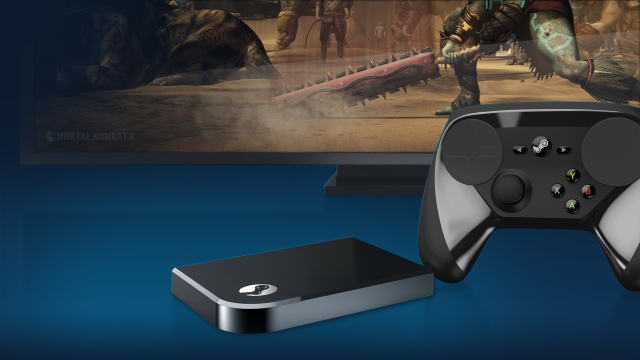


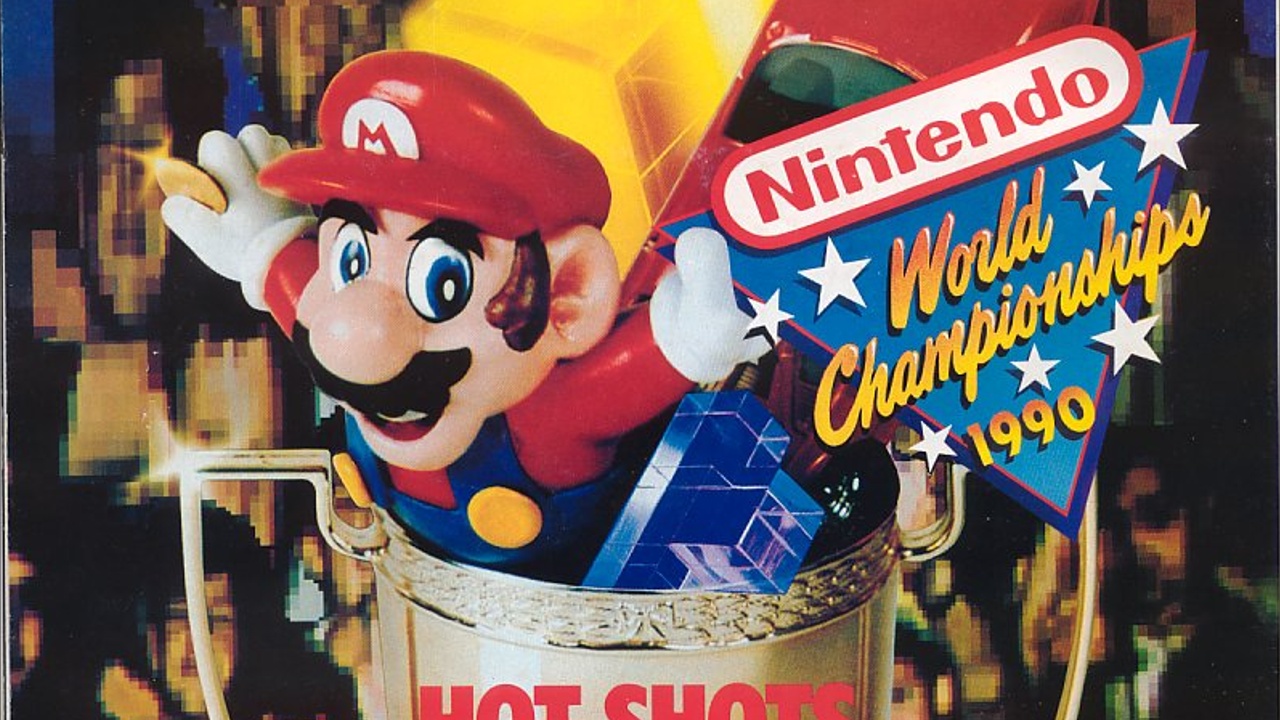
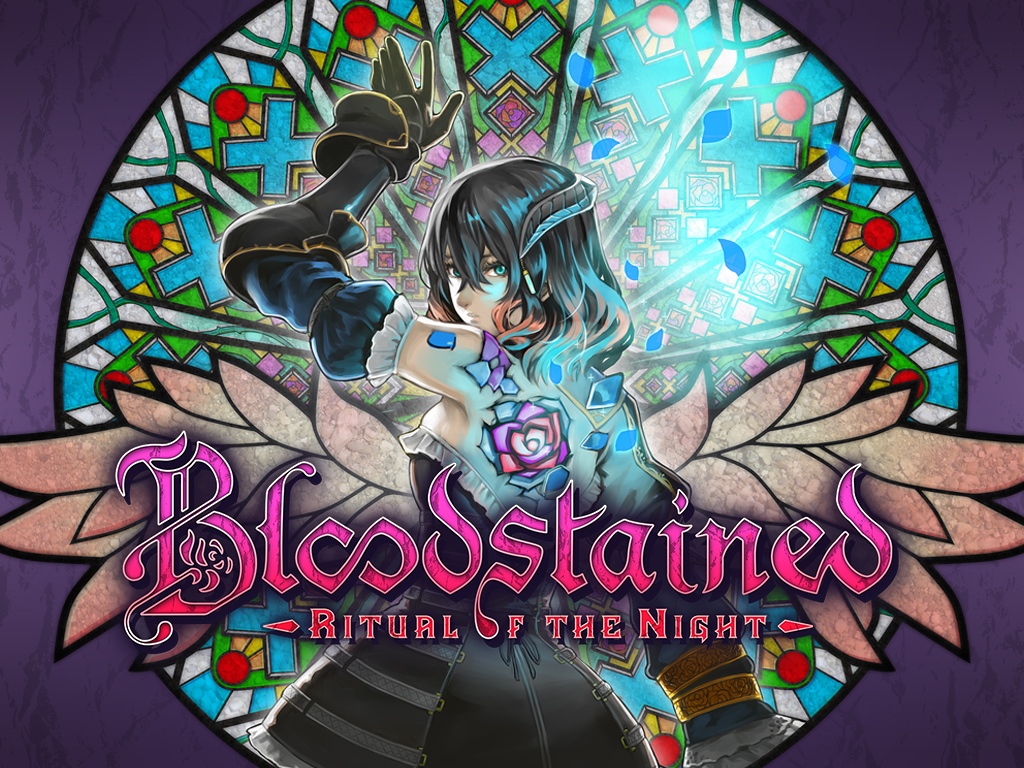
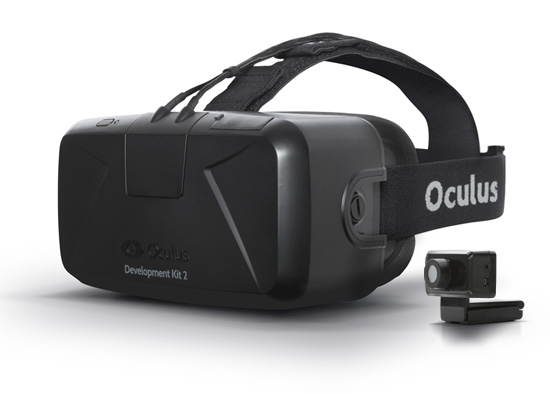
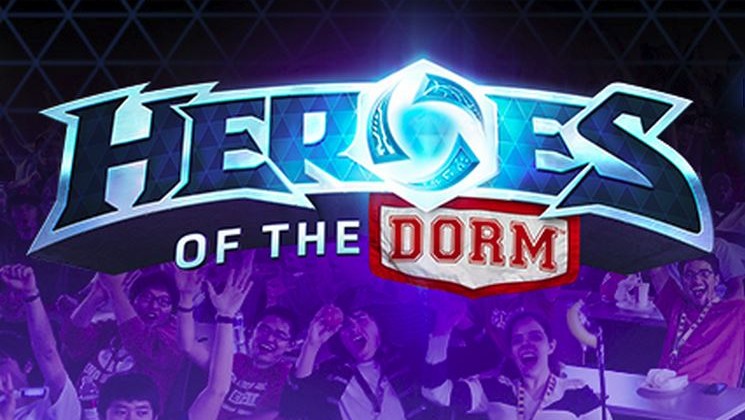
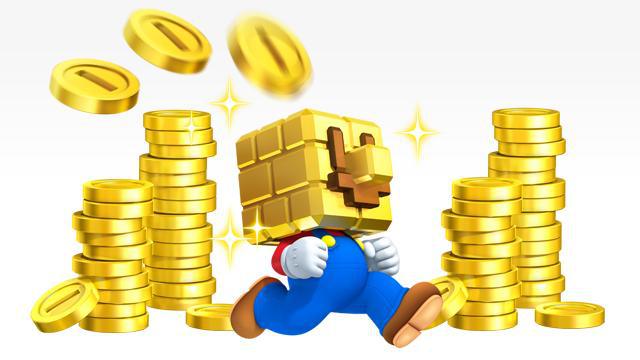
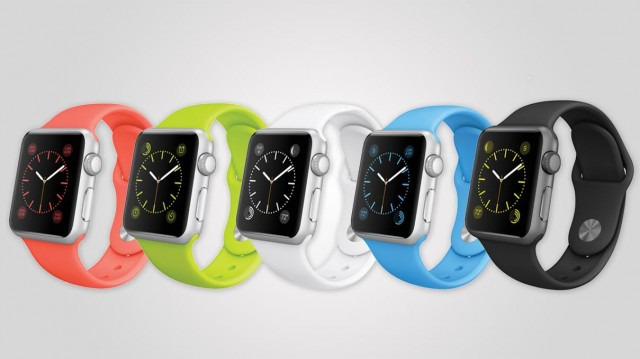

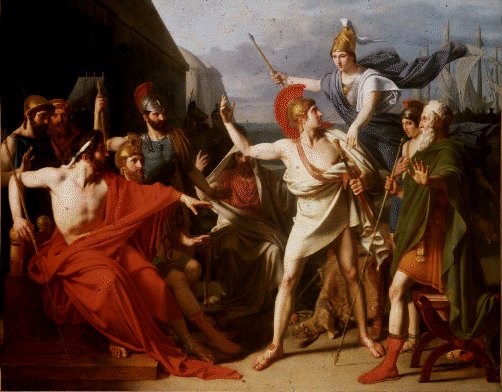 Idomeneus stabbed Erymas in the mouth with the pitiless bronze. The bronze spear passed right through and up under the brain, smashing the white bones. His teeth were knocked out and both his eyes flooded with blood: wide-mouthed he spurted a well of blood through nostrils and mouth: and the black cloud of death covered him over.
Idomeneus stabbed Erymas in the mouth with the pitiless bronze. The bronze spear passed right through and up under the brain, smashing the white bones. His teeth were knocked out and both his eyes flooded with blood: wide-mouthed he spurted a well of blood through nostrils and mouth: and the black cloud of death covered him over.  Coincidence?
Coincidence?  Ms. Wallace’s experience suggests that exposing a consumer to gore and violent situations instills the undesirable feelings associated with possibly experiencing the violence themselves. Even in situations where the player is required to inflict pain on a character other than the protagonist, notably the
Ms. Wallace’s experience suggests that exposing a consumer to gore and violent situations instills the undesirable feelings associated with possibly experiencing the violence themselves. Even in situations where the player is required to inflict pain on a character other than the protagonist, notably the 
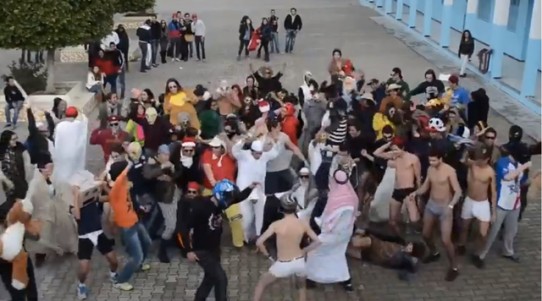
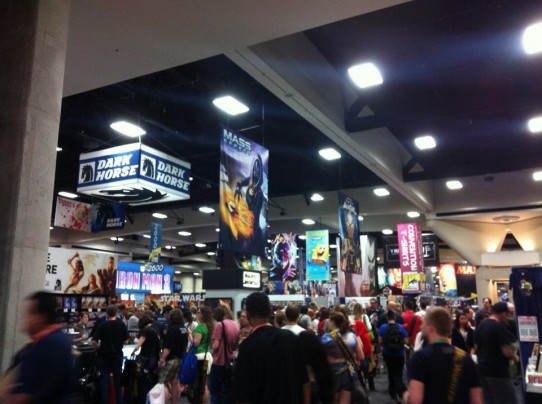
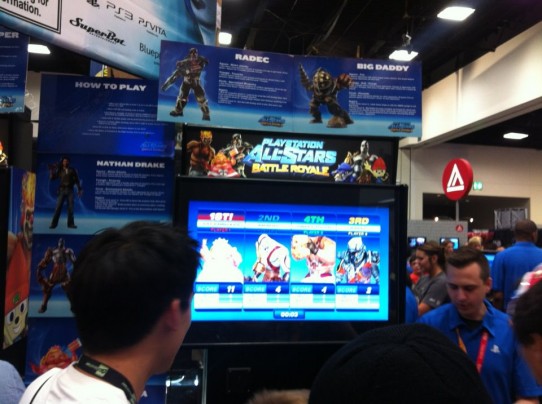
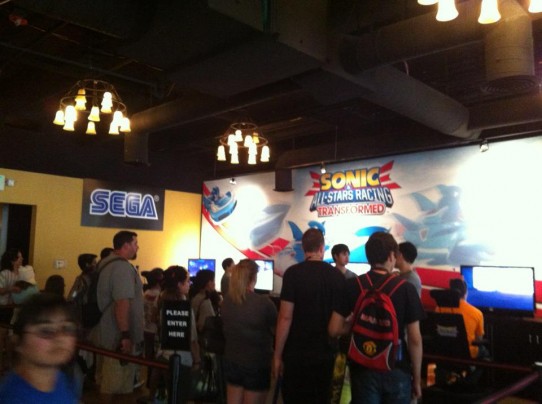
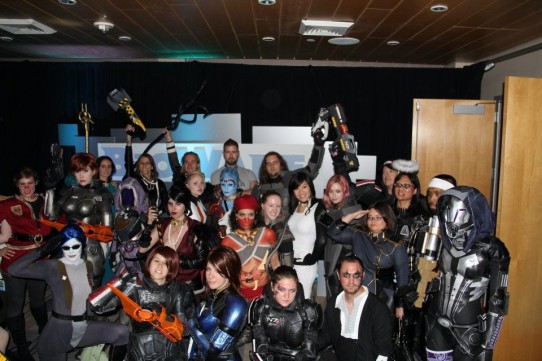
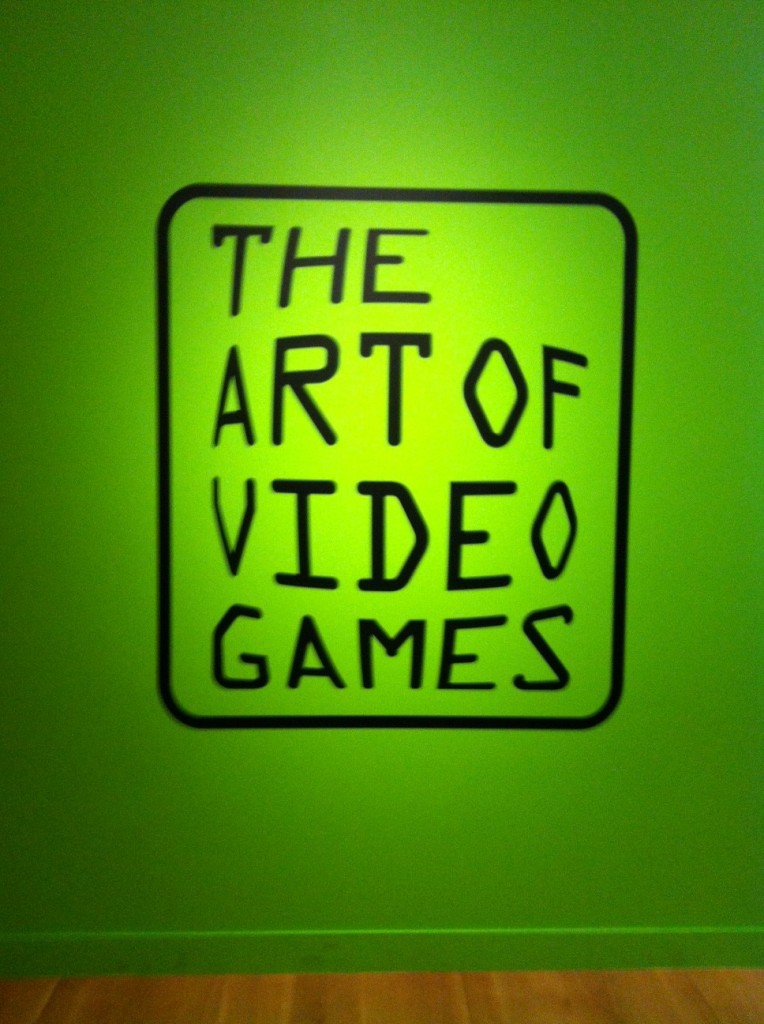
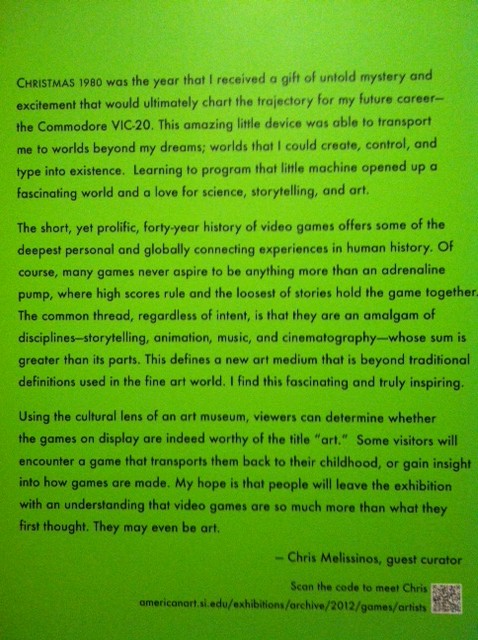

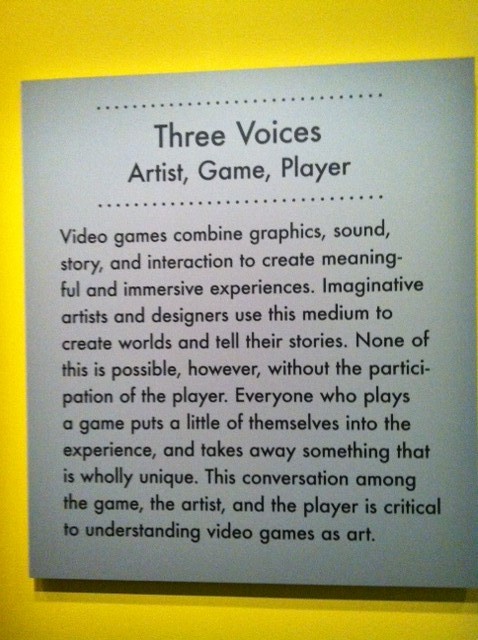

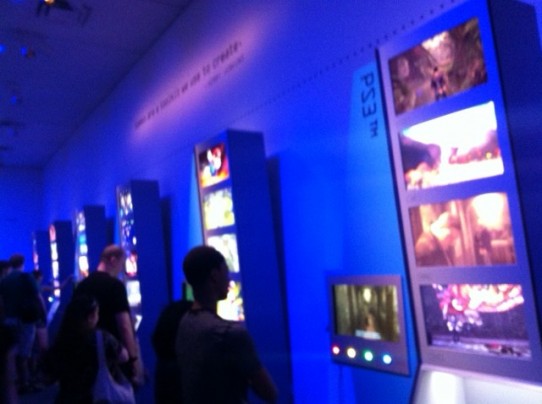


 Most video game franchises have one character in common: the damsel in distress. From Pauline to Peach to Zelda (in her early days), gamers wonder why these women don’t invest in some pepper spray or better security in their lavish castles. Game after game, players reassume the role of hero and rescue said damsels by defeating the main antagonist.
Most video game franchises have one character in common: the damsel in distress. From Pauline to Peach to Zelda (in her early days), gamers wonder why these women don’t invest in some pepper spray or better security in their lavish castles. Game after game, players reassume the role of hero and rescue said damsels by defeating the main antagonist. In literature and theater, the most famous ingénue is Ophelia, from Shakespeare’s Hamlet. Ophelia is a young Danish noblewoman who lives under the watchful eye of her brother Laertes and overbearing father, Polonius. She is put in danger when she is led by Polonius to believe that Hamlet is in love with her, only to be told by Hamlet to, “get thee to a nunnery” and that “we will have no more marriages.” Ophelia is heartbroken but forgives him in her soliloquy, “O, what a noble mind is here o’erthrown.” She falls deeper into distress when Hamlet kills her father, driving her mad and to death by the loss of her mentor and innocence.
In literature and theater, the most famous ingénue is Ophelia, from Shakespeare’s Hamlet. Ophelia is a young Danish noblewoman who lives under the watchful eye of her brother Laertes and overbearing father, Polonius. She is put in danger when she is led by Polonius to believe that Hamlet is in love with her, only to be told by Hamlet to, “get thee to a nunnery” and that “we will have no more marriages.” Ophelia is heartbroken but forgives him in her soliloquy, “O, what a noble mind is here o’erthrown.” She falls deeper into distress when Hamlet kills her father, driving her mad and to death by the loss of her mentor and innocence. In 1993, SEGA (TriplePoint client) introduced an ingénue opposite Sonic the Hedgehog: Amy Rose. Amy begins her role in the Sonic franchise as the classic video game damsel in distress who must be rescued from antagonist, Metal Sonic. But with the advent of Sonic Adventure in 1999 and her character re-design, Sonic fans were met with a drastically different damsel.
In 1993, SEGA (TriplePoint client) introduced an ingénue opposite Sonic the Hedgehog: Amy Rose. Amy begins her role in the Sonic franchise as the classic video game damsel in distress who must be rescued from antagonist, Metal Sonic. But with the advent of Sonic Adventure in 1999 and her character re-design, Sonic fans were met with a drastically different damsel. The anime series, Sonic X, is the one source where a deeper, unspoken connection between Sonic and Amy is explored. Though Amy continues to be rejected by Sonic in each episode, she gets minor payoffs every now and then, in moments where Sonic does not present to her his usual carefree and crass dismissal of her feelings, and in
The anime series, Sonic X, is the one source where a deeper, unspoken connection between Sonic and Amy is explored. Though Amy continues to be rejected by Sonic in each episode, she gets minor payoffs every now and then, in moments where Sonic does not present to her his usual carefree and crass dismissal of her feelings, and in  What breaks my heart most about Amy is how she has grown into a new age of female video game characters, yet she stays locked in her own castle, one from which even Sonic can’t free himself. But if there is one place where Amy’s true strength shines through, it is in how she manages to avoid becoming Ophelia: the naïve and wholesome girl killed by love and loss of innocence.
What breaks my heart most about Amy is how she has grown into a new age of female video game characters, yet she stays locked in her own castle, one from which even Sonic can’t free himself. But if there is one place where Amy’s true strength shines through, it is in how she manages to avoid becoming Ophelia: the naïve and wholesome girl killed by love and loss of innocence.